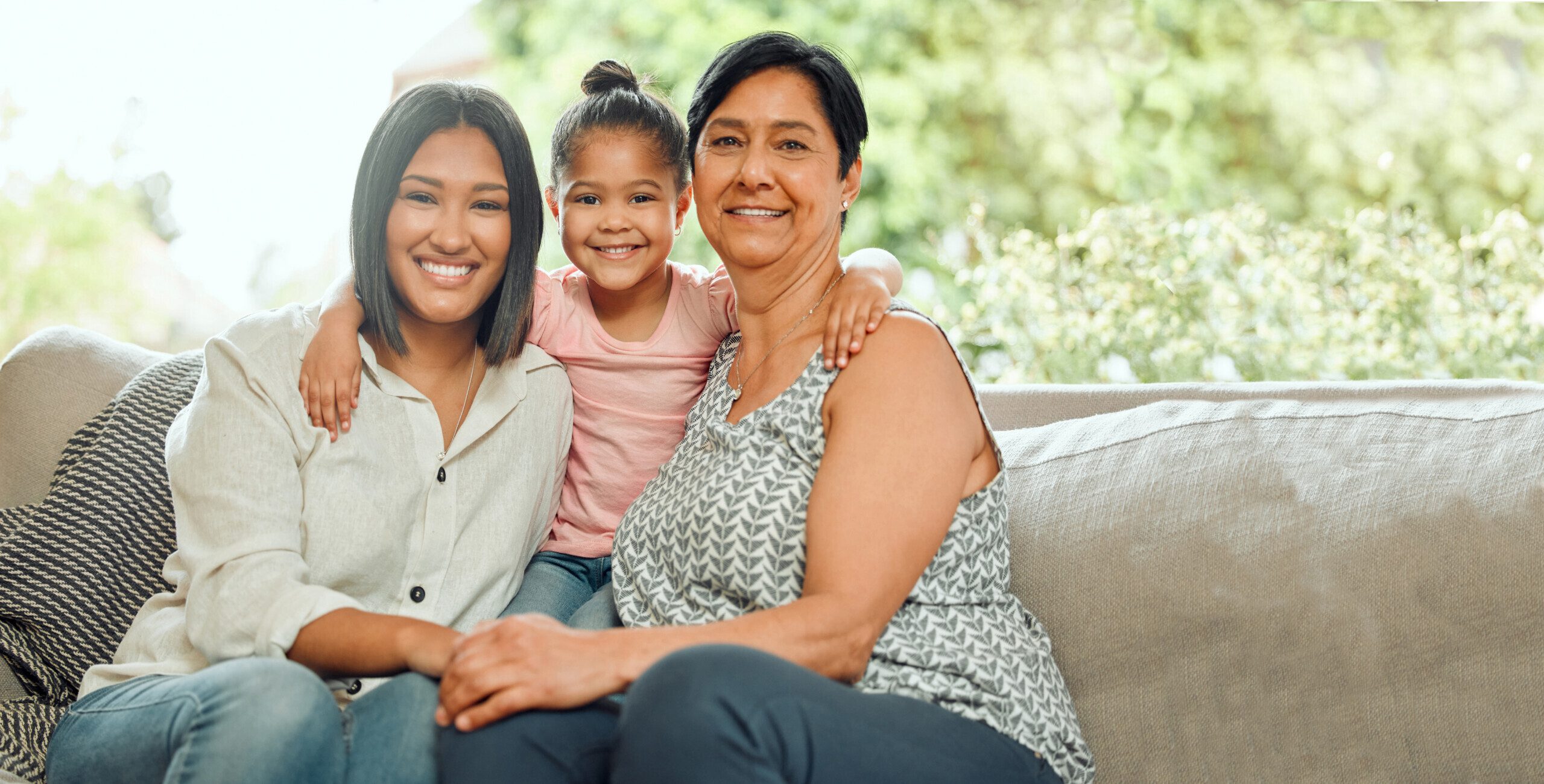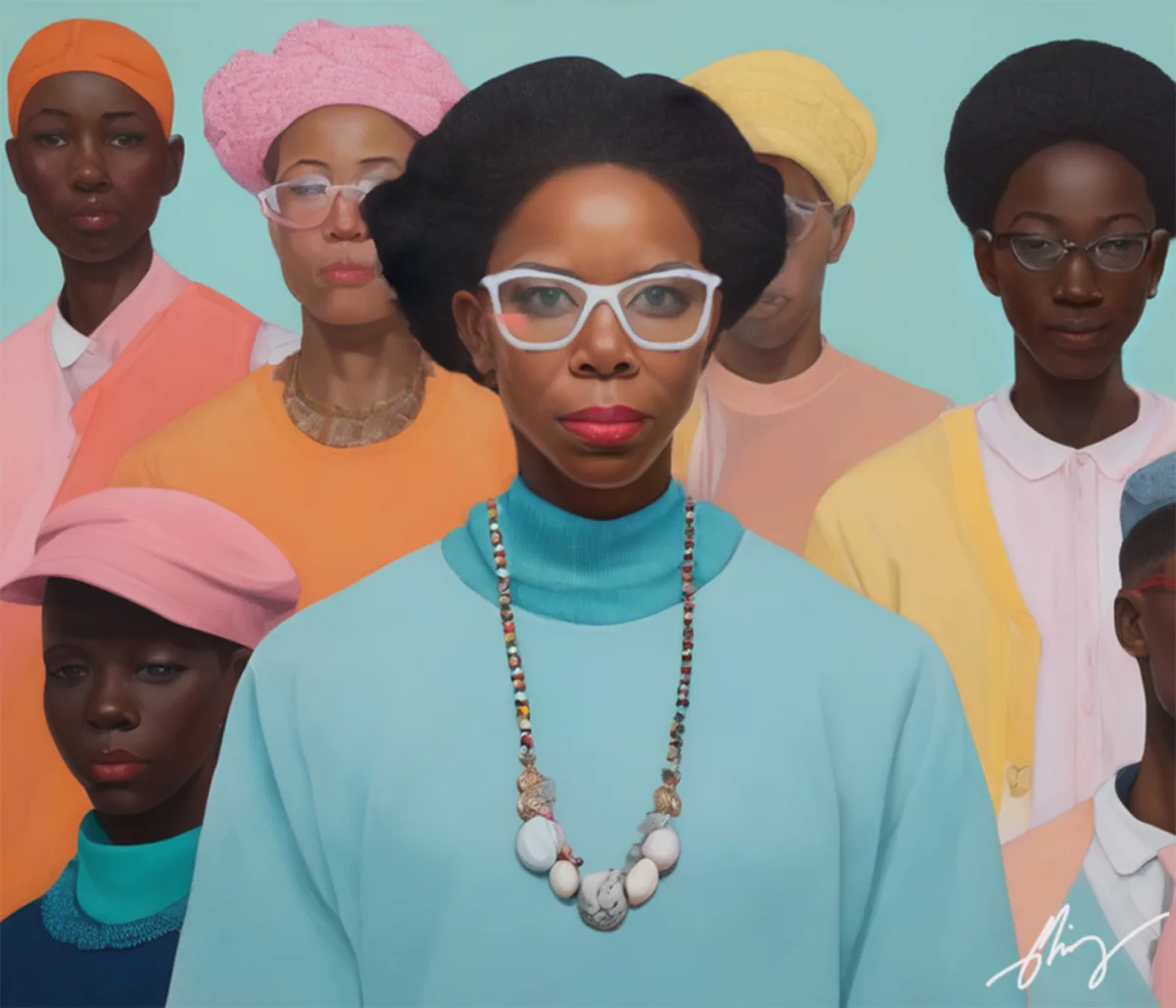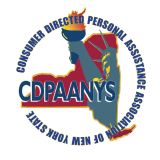Blogs
Disability Awareness & Disability Theory For Beginners
March 13, 2023If you are new to the disability community, welcome! Here we have an opportunity to educate you about disability theory and best practices for interacting with people with a range of disabilities. One in five Americans live with a disability that affects their ability to perform major life activities. In the past, a person's access to diagnosis, health care and support services has varied wildly based on where they live, their income level and the color of their skin. Thankfully, there is more information available now to provide resources for people with disabilities than ever before. Disability awareness is important to everyone, whether you are disabled or not. Understanding what it is like to overcome the challenges that come with disability can help you be a better friend, coworker and partner.
Disability theory basics:
Disability theory is the study of disability and human difference, particularly as it relates to discrimination and social exclusion. Disability theory has been used to explain how disability is socially constructed, how disability affects society, and how people with disabilities are viewed by society.
Disability theory is a relatively new field of study that analyzes the social, cultural and political aspects of disability. The term was first used in the early 1980s by American sociologist K. D. Langlois and his colleagues as part of their research on the representation of disabled people in film and television.
The term "disability," as used by disability theorists, refers not only to physical impairment but also to other kinds of differences such as cognitive or mental disabilities, chronic illness, age-related disabilities, or temporary disabilities.
In disability theory, a disability is defined as a condition that prevents people from participating fully in society because they are unable to access necessary services or environments due to lack of money or resources; this lack may be caused by social barriers (such as discriminatory laws or practices), or physical barriers (such as inaccessible buildings). This definition emphasizes the role of society in worsening or improving the lived experiences of people with disabilities by its context.
Disability theory focuses on the social construction of disability rather than physical impairment or medical diagnosis. It looks at how society creates norms about what it means to be ‘healthy’ or ‘normal’ and what it means to be ‘disabled’ or ‘different’ from these norms. It also examines how people who do not fit these norms are treated within society. One example of this is glasses-a disability aid that is seen as normal or even fashionable. Compare this with wheelchairs which are not viewed in nearly the same way. Both examples are disability aids, but glasses are much more normalized and easy to access in society. This goes to show how not all disabilities are treated the same way.
How common is disability?:
The Centers for Disease Control and Prevention (CDC) estimates that more than 56 million people, or 19 percent of the U.S. population, have a physical or mental impairment that substantially limits one or more major life activities. This figure includes all types of disabilities, including physical, mental, and cognitive impairments. It is important to note that this estimate does not include people with hearing or vision loss.
The most common type of disability is a cognitive impairment, which affects approximately 5% of the population. Approximately 4% have a developmental disability (e.g., autism spectrum disorder), while 3% have an intellectual disability (e.g., Down syndrome). Approximately 1% of people have a specific learning disability (e.g., dyslexia) or sensory impairment (e.g., blindness or deafness).
It is estimated that more than half of all disabilities are associated with aging processes such as arthritis and osteoporosis.[1]
Types of disabilities:
Physical disabilities:
Physical disabilities include conditions such as:
- cerebral palsy
- spina bifida
- muscular dystrophy
- blindness
- deafness
- paralysis and other mobility issues
These conditions can make it difficult for people living with them to perform common daily tasks without assistance. These conditions can also affect an individual’s ability to communicate with others in ways that don’t require sight or hearing (such as sign language). Physical disabilities may be caused by accidents or illnesses like polio infection; some are present at birth while others develop later in life.
Mental disabilities:
The most common mental disorders include:
- Anxiety disorders
- Attention deficit hyperactivity disorder (ADHD)
- Schizophrenia
- Bipolar disorder (manic depression)
- Major depression
- Post-traumatic stress disorder (PTSD)
Mental disabilities are a group of disorders that affect the brain and cause problems with behavior, thinking, feeling and motivation. Mental illness is not the same as mental disability. Mental illness is a medical condition that affects your mood, thoughts and actions. A mental disability is a condition that affects your ability to function in daily life.
Mental disabilities are more common than many people realize. About one-third of all adults in the U.S. have some kind of mental disorder in any given year, according to the National Institute of Mental Health (NIMH). )Only about 20 percent of those people receive treatment.
People with mental disabilities often experience social stigma and discrimination because they don't fit into society's expectations for normal behavior. This can make it difficult for them to get the treatment they need or find employment or housing that works for them.
Cognitive disabilities:
Cognitive disabilities are a group of conditions that affect the brain's ability to process information. There are many types of cognitive disabilities, including:
- Autism spectrum disorder (ASD)
- Dementia
- Learning disorders
As our understanding of these conditions evolves, more and more people are realizing that they, too, might have a disability. The good news is that there are many resources available for people with disabilities. As you learn more about your condition, it can help you find the support you need to live a happy, healthy life.
Disability in the past:
In the past, people with disabilities had a very tough time finding acceptance or accommodation. In ancient times, they were often thought to be cursed by God, and during medieval times they were thought to have been possessed by demons. People who had disabilities would often be shunned by society, locked away in institutions or even killed outright by their families because they were considered to be "freaks" or "monsters".
In America, people with disabilities were not allowed to vote until 1924, when a court case in New York ruled that people with mental deficiencies could not be denied their right to vote based on their intelligence levels. In 1968 the Americans with Disabilities Act (ADA) was passed which prohibited discrimination against people with physical and mental impairments. The ADA also required that employers accommodate employees who need reasonable accommodations in order to do their jobs effectively.
The ADA has had a huge impact on our society today because it changed the way we think about disability; it created an environment where it is okay for people with disabilities to live independently instead of being institutionalized or put into nursing homes. The ADA has also greatly improved the employment opportunities of people with disabilities. In 1990, Congress passed the Americans with Disabilities Act Amendments Act (ADA-AAA) which broadened protections for individuals with disabilities beyond those previously covered by Section 504 of the Rehabilitation Act of 1973.
Section: Disability Rights & Advocacy
The disability rights movement is a social movement that advocates for the civil rights of people with disabilities. Its battles are largely won, but the fight for equality continues.
Disability advocacy is the pursuit of equal opportunities, equal access, and equal inclusion for people with all types of disabilities. Advocacy can be done by individuals or groups, for example, family members or organizations like national organizations for people with disabilities. Advocacy can take many forms ranging from direct support (such as personal assistance) to lobbying or protesting on behalf of others.
The current landscape of disability advocacy is a complex one. While there has been some success in terms of gaining civil rights protections (such as the Americans with Disabilities Act), much work remains to be done in terms of improving access and inclusion in society and getting rid of discriminatory practices such as ableism.
The most debated current issues relate to accessibility are ensuring that people with disabilities have access to places where they live, work, learn and play as well as employment discrimination against people with disabilities who seek jobs but are not hired because they are perceived as having an impairment that makes them unable to perform certain tasks required by most jobs.
Takeaway: Disabilities come in all shapes and sizes, and society can play a role in this definition.
Tips for engaging with people with disabilities:
Best practices for respectfully engaging with people with disabilities are the same as they are for any other person. It’s important to remember that each person is different and may have different needs, so it’s best to ask them how they like to be approached.
Here are a few examples:
- Don’t assume someone has a disability just because they look different or use an assistive device.
- Don’t assume that all people with disabilities have the same experience or want the same thing from you.
- Ask if it’s okay to help if needed (for example, if someone is struggling with getting on or off a bus).
- Respect personal space and privacy by not staring or taking pictures of people who look different than you do.
Remember, not all disabilities can be seen, some are invisible. You can't always tell just by looking at someone whether or not they have a disability.
This Disability Awareness Month, take some time to reflect on how your own abilities have fluctuated throughout your lifetime. When you were young you relied on your caregivers to meet your every need, and you may have experienced illness or injury at another point in your life that made you temporarily disabled. How did it feel to have to rely on others to help you perform daily tasks? As you age, it is likely that you will again one day need accommodations for one or more mental, physical, or cognitive disabilities. Use this thought exercise as fuel to be empathetic and understanding of those around you who are living with a disability.
[1] https://www.disabledworld.com/articles/disability-types-statistics-and-facts.php
No comments found.Leave a Comment

Smart Snacking for Seniors: How to Stay Healthy Between Meals
Good nutrition is important at every stage of life, but our bodies need extra care as we age. The right foods provide energy, support the immune system, and help manage conditions like high blood pressure, diabetes, and heart disease. While meals are the foundation of a healthy diet, snacks play a crucial role, too. Choosing […]

Fall Prevention: Keeping Older Adults Safe
All adults aged 65 and over are at risk for a fall. According to the Centers for Disease Control (CDC), more than 14 million older adults fall annually in the U.S. Falls are a major public health problem and the leading cause of injury for seniors. For older adults, falls can be serious—even deadly. Older […]

CDPAP Changes: Terms You Need to Know
New York’s Consumer Directed Personal Assistance Program (CDPAP) is undergoing major changes and many people are wondering how these changes will affect them. We know this can be confusing, but don’t worry–True Care is here to help you navigate these updates. What Are the CDPAP Changes? New York State is combining all the agencies that […]

Breaking Barriers in Healthcare: The Inspiring Stories of Black American Trailblazers during Black History Month
During Black History Month, it is important to recognize and celebrate the incredible achievements and contributions of Black Americans in various fields. In the healthcare industry, Black Americans have played a crucial role in breaking barriers and paving the way for future generations. True Care Home Care is honored to highlight the inspiring stories of […]

10 Heart Healthy Tips
February is Heart Health Month, a time dedicated to raising awareness about cardiovascular health and promoting healthy habits. Taking care of your heart is essential for overall well-being and longevity. Whether you’re young or old, it’s never too early or too late to start prioritizing heart health. In this article, we will provide you with […]



